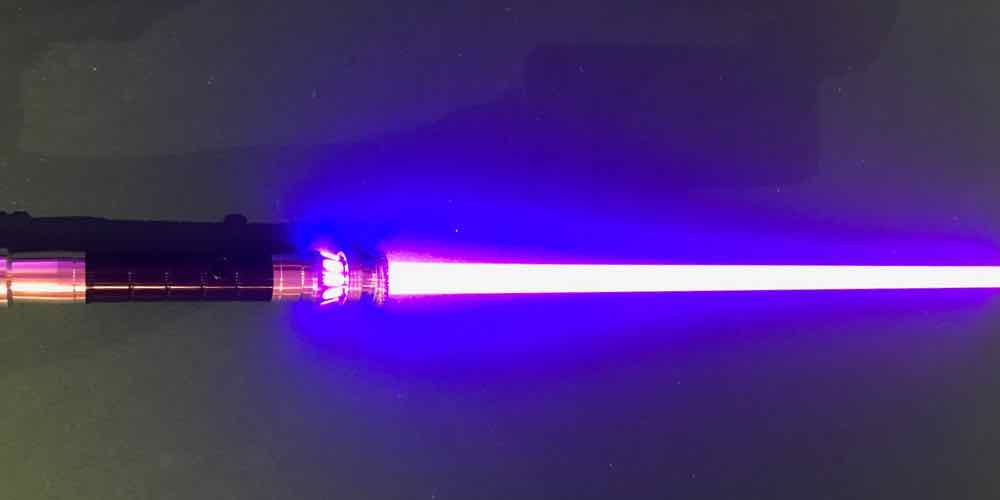Lo and behold: GeekDad puzzle central is alight this morning with fairly spectacular speculations to this week’s puzzle. And so instead of Oz-like, all-powerful puzzle dictator (if only!), I think this week I’m best as curator. First a recap — here was this week’s deceptively simple question:
I like hot coffee with cream. But in the hectic morning, I usually end up pouring a cup and then letting it sit for a couple minutes before drinking it. All else equal, am I better off adding cream from the refrigerator immediately after pouring coffee into the cup, or would would my coffee stay hotter if I waited until just before I sip the coffee to add the cream? Cream now or cream later?
And here are but a few of the “solutions”:
ul#gpotwa li {margin-top:7px};
- Earl (later): “My reasoning is that when you add the creamer, you add volume, which means the creamed coffee comes into contact with more surface area of the coffee cup than the coffee alone did, increasing the rate of heat loss (as would an increase in surface area exposed to air at the surface of the drink, if the cup widens toward the top).”
- Torben (now): “Adding milk makes the coffee whiter and thus less heat-emitting. The milk contains fat, which insulates the coffee, better keeping its temperature.”
- Kevin (now): “I decided to perform the experiment as stated, on video. So, I prepared two cups of coffee, each 5 oz. The starting temp was ~152 F, with ambient 70 F. The first cup had the cream immediately added. The second cup has cream added after 3:16 minutes. Exactly 0.5 oz of refrigerated cream was added each time. Immediate: 139 F. Later: 137 F.”
- Philip (now): “I recall that salt water (sea water) has a slightly lower heat capacity than does fresh water, so the composite might have lower heat capacity (something to do with degrees of freedom to ‘dump’ heat) so the composite should lose heat faster than the pure water (black coffee).”
- Joseph (now): “In the case where you pour immediately, you immediately reduce the temperature of the coffee, so the difference in temperature between the coffee and the air is less, so it cools at a slower rate. Thus it retains more heat, and will be warmer.”
- Brandon (later): “Ambient room temperature is the cooling force on the coffee untouched. Unless you live in a fridge, the room will be significantly warmer than creamer from your fridge. Meaning the rate of cooling for the poured coffee alone is significantly slower than the rate of cooling for a coffee/creamer mixture (in almost any semi-insulating coffee cup). So your starting T is higher for coffee by itself.”
- Will (now): “Thermodynamics isn’t linear. A greater temperature difference between the two bodies causes a faster transfer of energy between the two. The creamer will drop the temperature of the coffee/creamer mix by a fixed amount. So since you’re going to wait to drink the coffee, add the creamer first. This will reduce the temperature, slowing down heat transfer to the air.”
- Todd (later): “I’d hypothesize that it would be better to wait and put the cream in at the last moment. Reasoning is that black coffee will retain heat better than creamed coffee. You don’t need two cups of coffee and a thermometer to test this. Just a white t-shirt and a black t-shirt and a sunny day. “
In short, this is actually a kind of nifty illustration of the difference between theory and practice in science (not to overreach or anything…). Specifically, this looks at what happens when Newton’s Law of Cooling is released into the real world of cup sizes, fat insulation, and colored cooling. Which wins? Well, at 1.4% difference, Kevin calls it a statistical tie.
And so, of course, I accepted all well-reasoned answers. The winner, randomly chosen from among the multitude of well-intentioned, harebrained entries, is Earl. Congrats! The rest of you can use the code GEEKDAD21FK to get $10 off a ThinkGeek order of $50.
Don’t forget to tune in Monday when Judd presumably presents an actual puzzle.


